Tendinosis is the degeneration or breakdown of the connective tissue/collagen within your tendon.
1 min read
12 May 2022
What is Tendinosis?
Tendonosis is the degeneration or breakdown of the connective tissue and collagen within your tendon. It commonly occurs at either your medial or lateral epicondyles (small bones on the edge of your elbow) or on the back of your wrist.
It can occur at any point where the tendon inserts onto the bone. Tendonosis can be due to micro-trauma, ageing and poor blood flow. Micro-trauma can be when there is repetitive forces pulling where the tendon originates in the bone.
Tendinosis Symptoms
Treatment Recommendations
Discuss with your therapist what activities may be causing the injury and work out ways to alter the activities or rest from those activities for a period of time. A temporary brace or splint is usually given to lessen the pulling of the muscles on the bone. A program of stretches, proprioception and eccentric strengthening is required to restore tendon function. It is essential to follow a home program to learn to manage your condition independently.
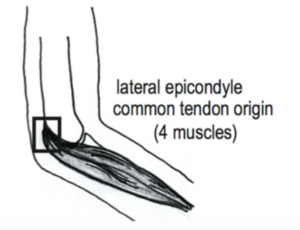
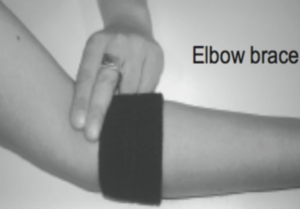
What can I expect?
It often takes a while for this condition to present as pain that you need to attend to, therefore, it usually takes a similar amount of time to resolve fully. It is usual to get a full recovery, however you may need to modify how you perform certain activities. Your driving should not be affected.
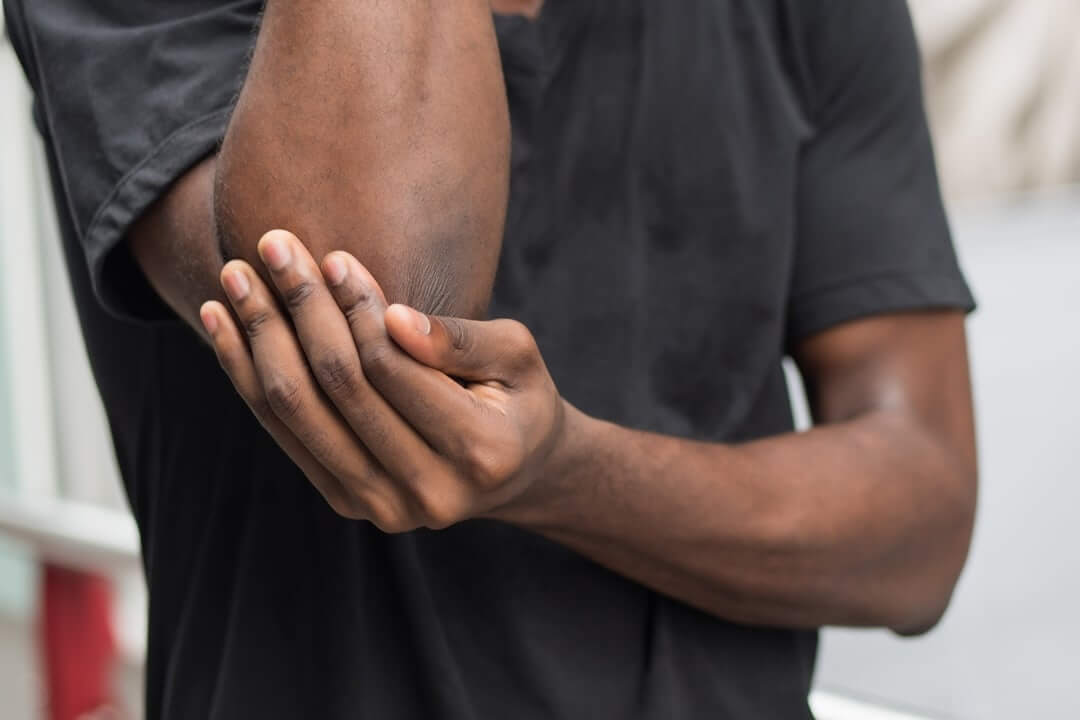
Acute pain is when the body is working to heal structural tissue damage. Everything is done to ensure structural and mechanical integrity if maximised of the injured tissues.

Most wounds recover in the repair phase of healing. Our therapists look after your wounds by providing dressings that are applied with a sterile technique to avoid infection.
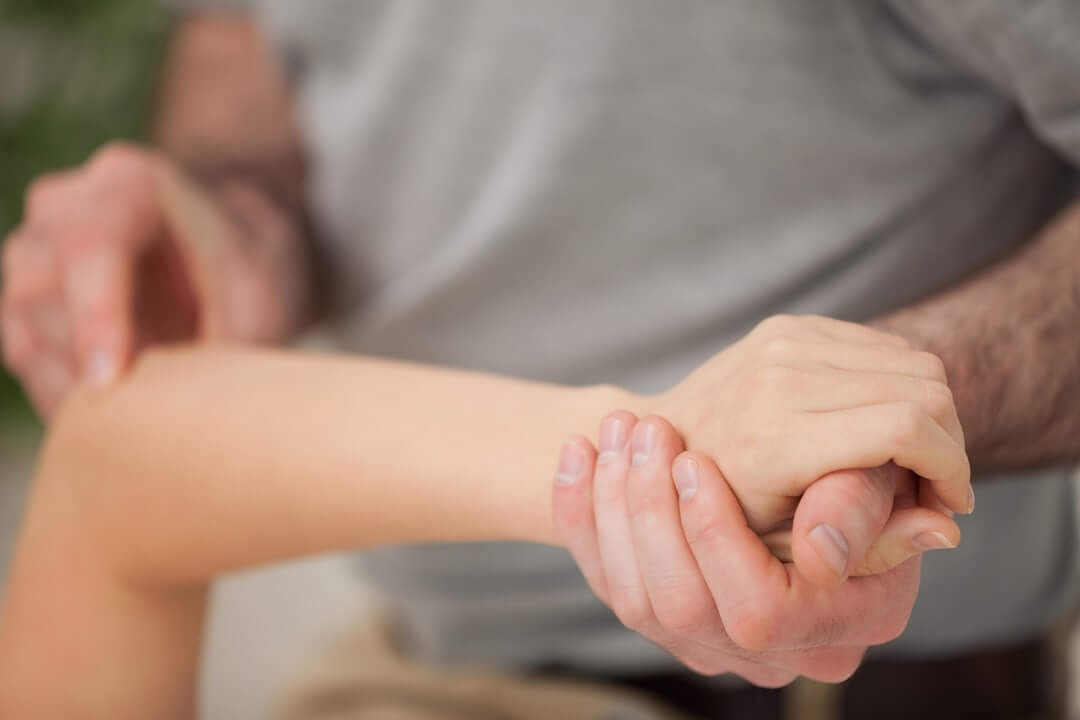
Joint mobilisation involves moving the joint back and forth in small oscillating movements further and further into range to restore the joints normal movement.
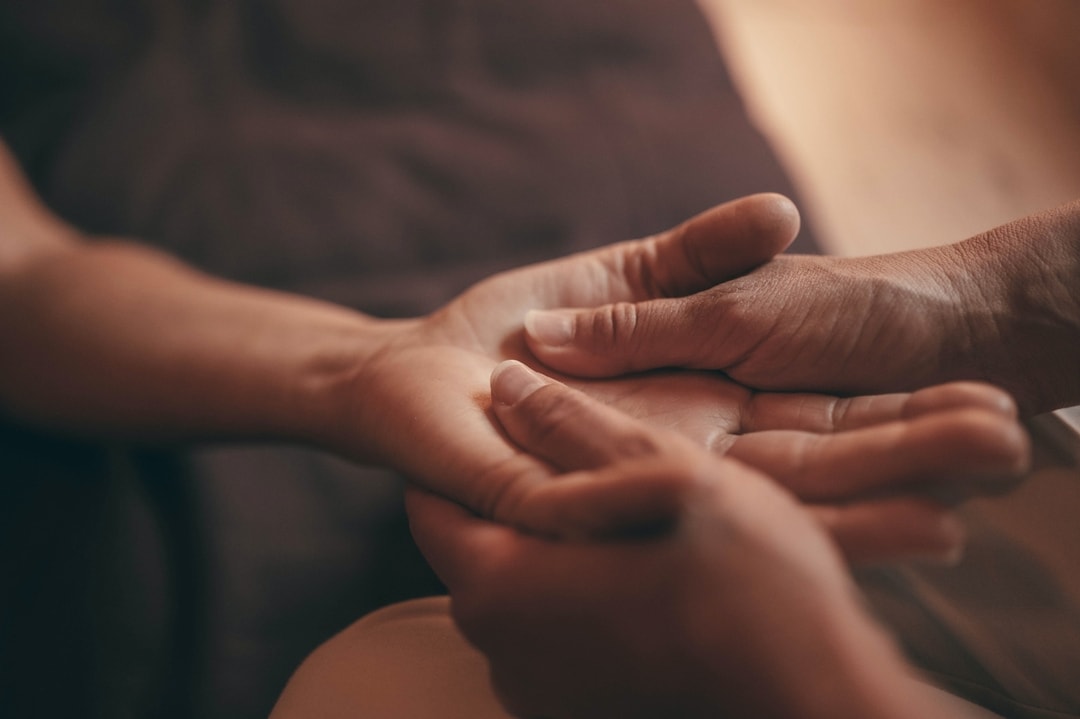
Massage helps to improve blood supply to the injured area, helping you recover faster.

Exercise is the body’s natural way of restoration to improve stability, mechanics, strength and movement to an injury. Whether the injury is from overuse, trauma, disease or surgery exercises are necessary to restore function.
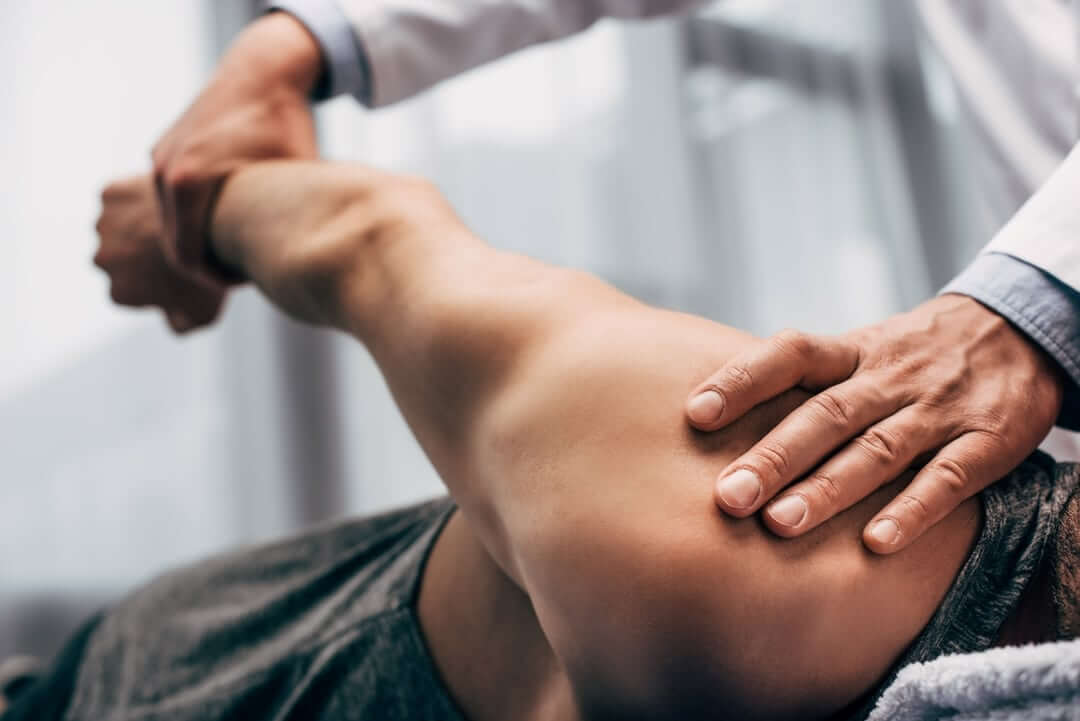
Stretching is extremely beneficial for our joints, muscles and tendons. Not only do they help prepare your body work/exercises they ensure you are working at your optimum energy efficiency.